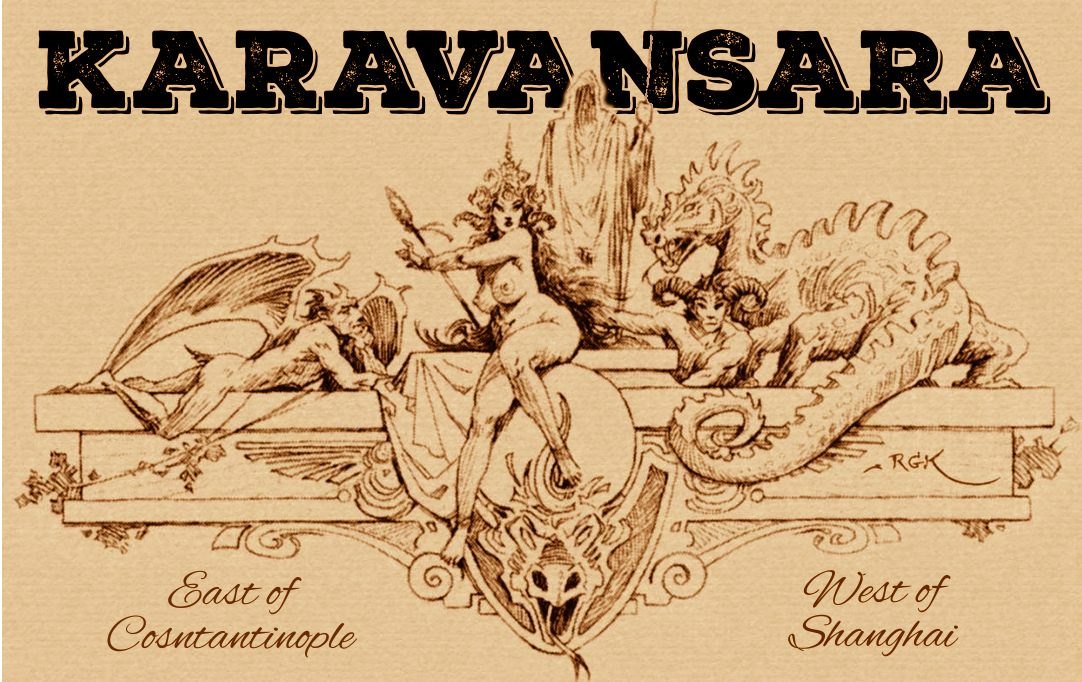I’ve had this idea, about a series of posts about what I learned about storytelling from various media I used to spend my time with as a kid. This was in part inspired by a chat I had this morning with my friend Lucy, but it’s a little more complicated than that.
As a kid I watched a lot of movies and TV series, cartoons both western and Japanese, I read comics, I read novels and short stories and non fiction… each of these shaped the way I think about stories, and I think it might be fun to try and take a look at all these influences.
And I’m starting with anime because… ah, because we need to start somewhere, right?
As I probably already mentioned in the past, Italy was at the forefront of the anime invasion that started at the very tail-end of the ’70s. Once the floodgates were opened by a couple of Go Nagai Super Robot series and Leiji Matsumoto’s Captain Harlock, there was no turning back. Some titles came to us via the USA – Space Cruiser Yamato, that turned into Star Blazers as it passed through the US, or Gatchaman, that turned into Battle of the Planets with a lot of cuts and some poorly-animated American inserts.

A lot of stuff was imported directly, and often without paying the rights (Gundam being a case in point), hastily and roughly dubbed, and broadcast to keep happy a public that did not seem to be able to get enough.
The fact that the kids did not seem to get enough was something that baffled and shocked the parents and, even more, the TV journalists: what strange brainwashing power had been infused into these garish, loud, violent, sexy and Oriental cartoons?!

A lot of criticism was directed to the art, that was not “as beautiful as Disney’s”, and soon it was obvious that there was something sinister at work – and a lot of strange urban legends started circulating, from the harmless idea that Japanese anime were “made with computers” – while good old wholesome Western animation was drawn by hand by soulful, kindly, avuncular old men with the hearts of children – to some pretty wild stories of kids driven insane by too much Japanese animation.

In fact, the secret ingredient that made those cartoons so addictive could be summed up in one word: stories.
Up to that point, cartoon series were not serials.
Take any five Tom & Jerry or Popeye or W.E. Coyote or Scooby Doo episodes, arrange them in any order you like, and what you’ll get is just that – five episodes, each self-contained, each disconnected from the others.
No one learns anything – not even Velma Dinkley, and she was the smart one.

But Japanese cartoons were serials – they told a story that developed across a number of episodes, characters changed, grew, learned new things, and finally faced a final showdown of some kind.
Even the loosest anime series to hit us in the early days, Lupin the 3rd, still had returning bad guys, and character development, and a sense of direction.
Add a vast cast of characters – once again, Lupin the 3rd is an anomaly as it only has a cast of five – and some pretty wild ideas, and you can’t be surprised if the kids went wild.

What I learned from anime is the idea of an overarching structure that holds together single chapter-like episodes. Granted, all good fiction does that, but in Japanese animation that’s very easy to spot, and understand.
It also taught me that every character in the story will have at least a chance to shine – sometimes it will be the sidekick that will save the day, or the contrarian guy that’s in the team but is antagonistic to the hero, or the girl, or even one of the bad guys.
Japanese anime really taught you how to put a team together – three or five or seven, each had their place, their function, their character arc, their moment of truth.

Japanese anime was also a crash course on negative heroes and all kinds of variations on the theme – the guy whose heart is in the right place but for various reasons is fighting on the wrong side, the honourable adversary, the one that “we could have been friends had things turned out differently”.
And finally there was a general underlying idea, that sort of said
if it sounds too crazy for a story, it’s probably going to be a smash

But to pull that one you need technique, and skill, and a certain luck – all things that watching cartoons alone won’t give you.
But one has to start somewhere, right?

Pingback: Sensor Sweep: Rialto’s Market, Castle Amber, Freas, David Drake – castaliahouse.com